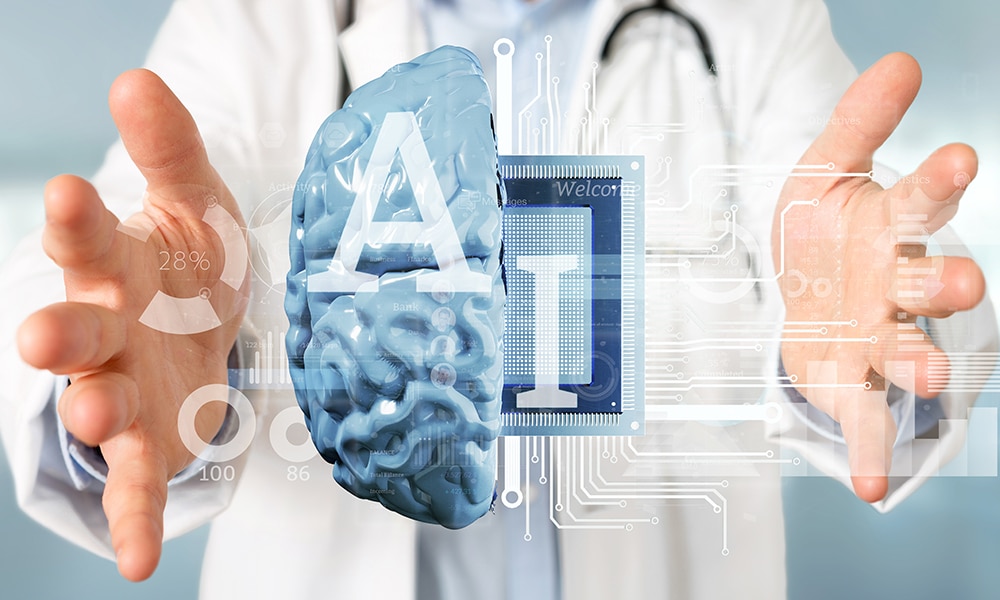The brilliance of technology lies in the fact that it works in more ways than its intended purposes. When the Apple Watch was rolled out, it was revolutionary in the fact that it recorded and presented human vitals and other abstract insights about ourselves in a visualized form, allowing us to make some analytical sense.
As though it wasn’t enough, the product became more sensational and integral when news started flooding on how it saved the lives of people who were using it. Very recently, it saved the life of a Canadian firefighter, who experienced a headache and a warm sensation in his chest.
Apple Watch immediately pushed him to seek immediate medical attention and so he did. He was surprised to know that his watch had detected atrial fibrillation. Continuous alerts from his watch compelled him to visit the doctor and seek assistance, ultimately saving his life.
This is one of many instances of the watch detecting unusual heart rates, body temperatures, and irregular sleep patterns and sending out well-being notifications to its respective owners.
This in the most basic sense is what we call Ambient AI. What is it, how different it is from conventional AI, and its context in healthcare are some of the aspects we will be exploring today. So, let’s get started.
Ambient AI 101: What Does It Mean?
The traditional purpose of computers and computing devices is predominantly to assist humans in making decisions and executing tasks. However, with the rise of AI, machines are learning – or rather, being trained – to become increasingly aware, conscious, integral, and proactive as well.
Ambient AI is a dynamic new way of integrating computers into our daily lives in a non-invasive way. Through wearable devices, underlying technologies, and tools, Ambient AI consistently observes a user’s ambiance or surroundings and is perpetually alert and proactive in taking action.
[Also Read: Medical Image Annotation: Definition, Application, Use Cases & Types]
Key Characteristics Of Ambient AI
Ambient AI is not a counter or a parallel technology that is rising alongside AI. It’s not an AI replacement either. It is a subset of AI that silently functions in the background, observing in an obtrusive way. Let’s further understand what ambient AI is by identifying its characteristics:
Invisible
It runs in the background of devices or software applications unnoticed.
Contextual
It customizes its functioning according to the specific environment, domain, and purpose it is deployed.
Proactive
It does not wait for an instruction or a prompt to function or perform a task.
Hyper-personalized
It generates bespoke responses in the context and history of its user, making it more trustable and relevant.
As we have observed in the recent past with the rise of Gen AI and GPT models, contextual understanding is changing the game for how AI models are integrated with human lives. Since the responses and actions triggered by ambient AI are autonomous, nuanced, and bespoke, their implications in the field of healthcare are revolutionary.
Understanding Ambient AI In The Context Of Healthcare
Whenever we talk about the future of healthcare, we often tend to discuss tangible breakthroughs or equipment discoveries. However, for such large-scale revolutions to happen, smaller accomplishments are inevitable.
Ambient AI is one such small yet significant step in the evolution of healthcare AI that will open up possibilities that we never knew existed. To give you a better idea, here are the different ways ambient AI will rewrite healthcare conventions.
Minimize Or Mitigate Time Spent In Clinical Documentation

This is where ambient AI comes in with its instantaneous generation of clinical documents through:
- Observing patient interaction and story either as part of the app or an external device
- Curation of diverse supporting documents such as medical imaging files of patients from their respective EHRs
- Compile any other unstructured data that would support diagnosis, treatment, or prognosis and more
[Also Read: What is Medical Speech Recognition and How Does it Work?]
Remote Patient Monitoring

- Consistently track patient symptoms and see if they are under control
- Aid in early detection of anomalies that could lead to life-threatening diseases.
- Remote monitoring by hospitals to assist healthcare stakeholders in understanding patient recovery
- Proactively remind patients about their upcoming appointments and even schedule cab services if a surgical procedure is involved and more
Formulation Of Personalized Treatment Plans

Since such individualistic variations are considered, healthcare is more impactful this way, minimizing risks of side effects and adversaries.
The Way Forward
When it comes to ambient AI, the idea is to make the technology as invisible and humane as possible. The evolution of this concept demands not just backend functionalities such as AI training and data annotation but a deeper understanding of the humane intricacies involved in the healthcare ecosystem.










